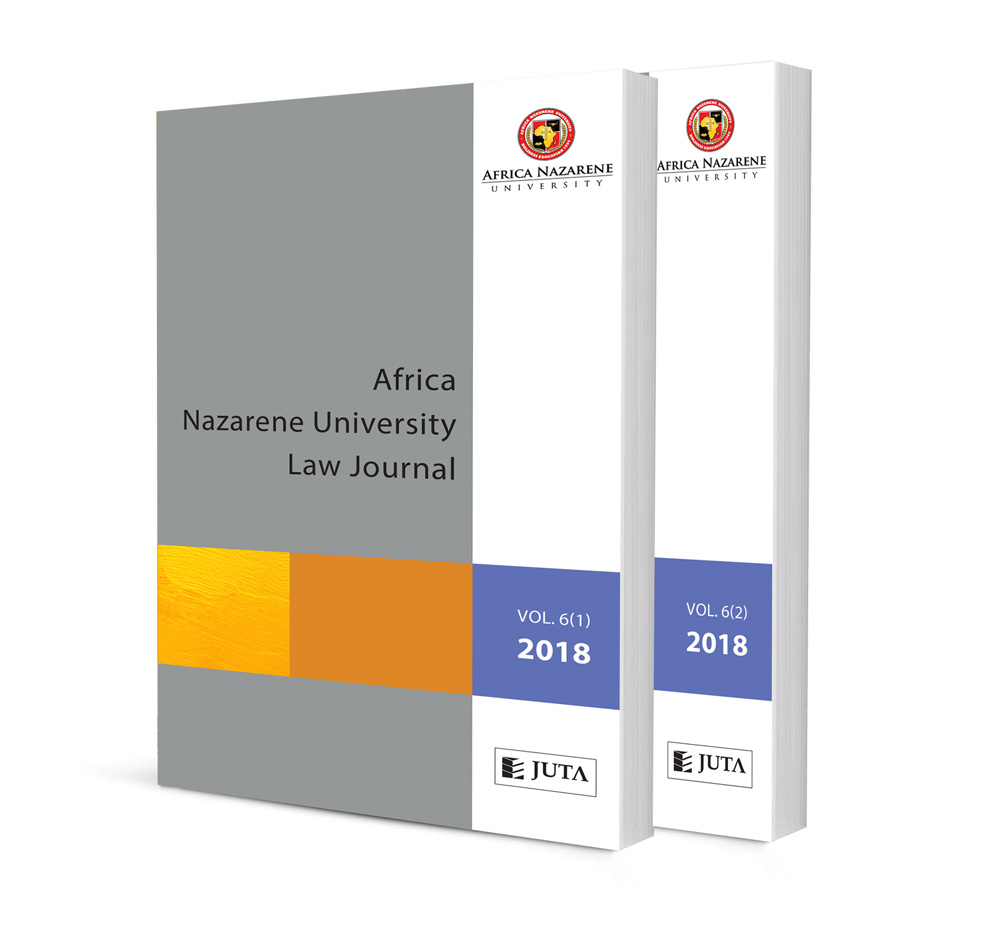The Unity Dow Case and the Constitutional Protection of Women in Botswana

The Unity Dow Case and the Constitutional Protection of Women in Botswana
Authors Bonolo Ramadi Dinokopila
ISSN: 2521-2613
Affiliations: Senior Lecturer, University of Botswana, Department of Law, Gaborone, Botswana
Source: Africa Nazarene University Law Journal, 2015, Issue 2, p. 35 – 52
Abstract
In 1992, the Court of Appeal of Botswana ruled that a woman who was married to a foreigner could pass on citizenship to her children born of the marriage. In this landmark case, the highest court of the land asserted the rights of women and delivered what would emerge as a major blow to patriarchy in the country. This article focuses on the influence that the Attorney General v Dow (Unity Dow case) has had in the empowerment of women in Botswana. In particular, the extent to which there has been a shift from patriarchy to the protection, promotion and fulfilment of women’s rights is discussed. The article also ascertains the extent to which the international legal regime on women’s rights has influenced developments in the law in Botswana.